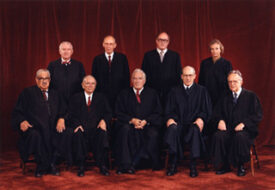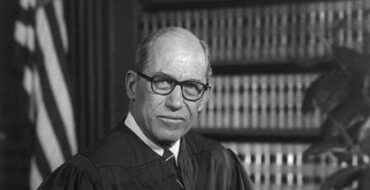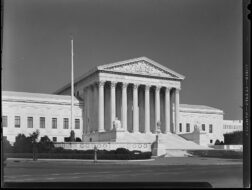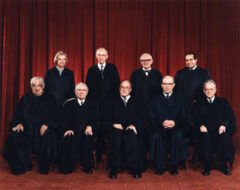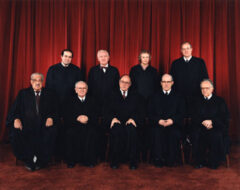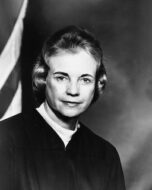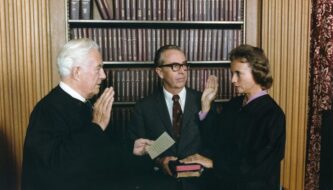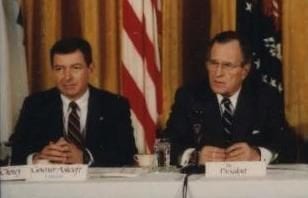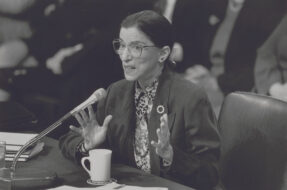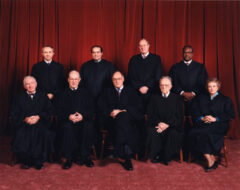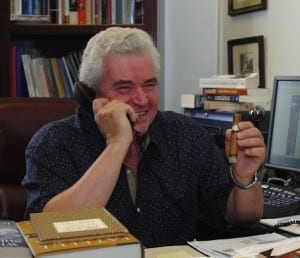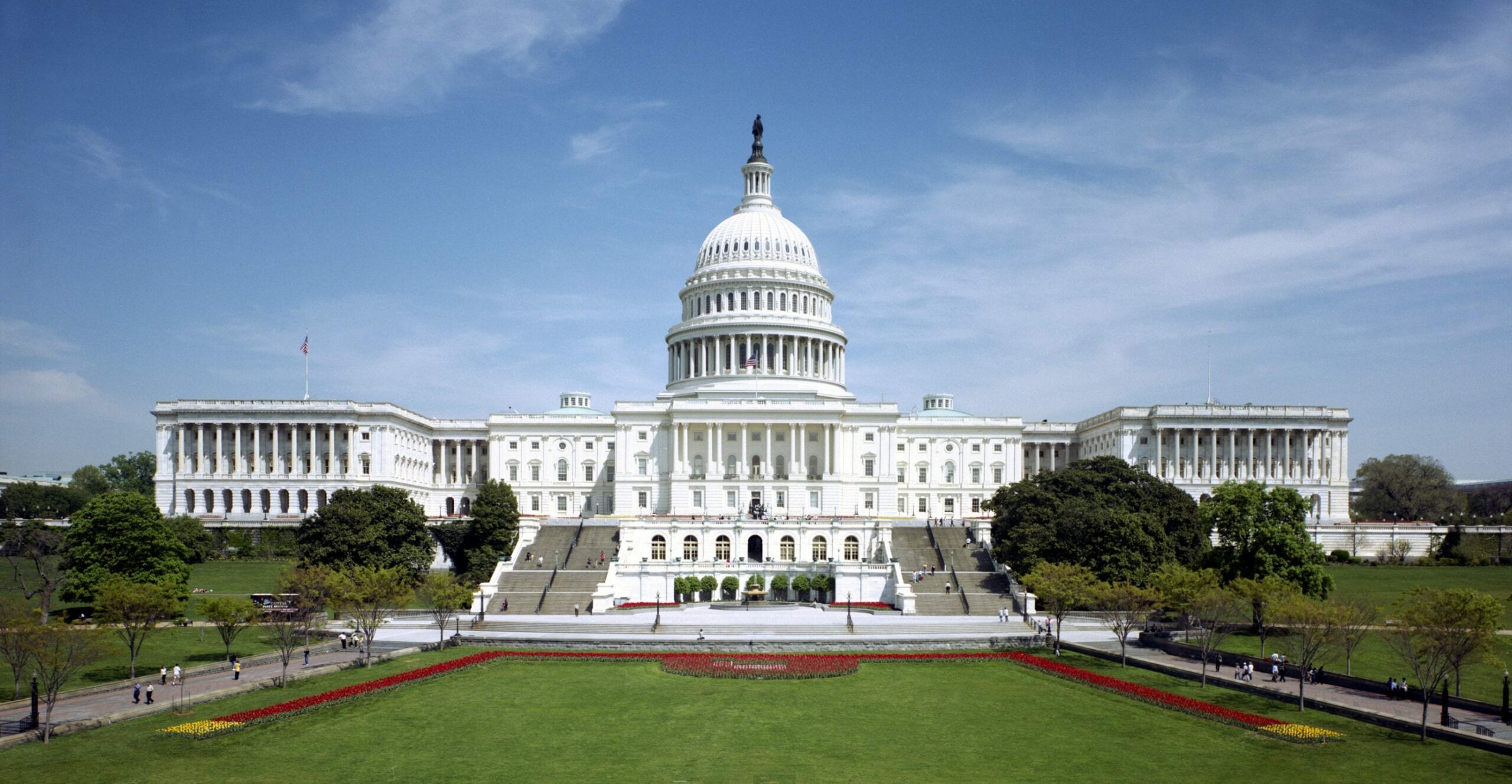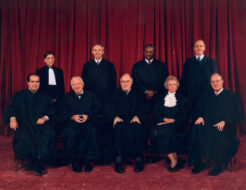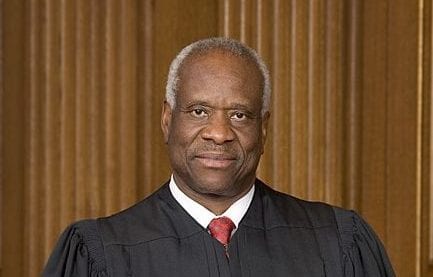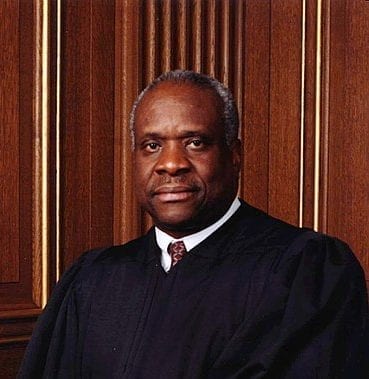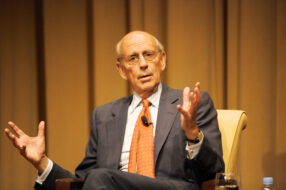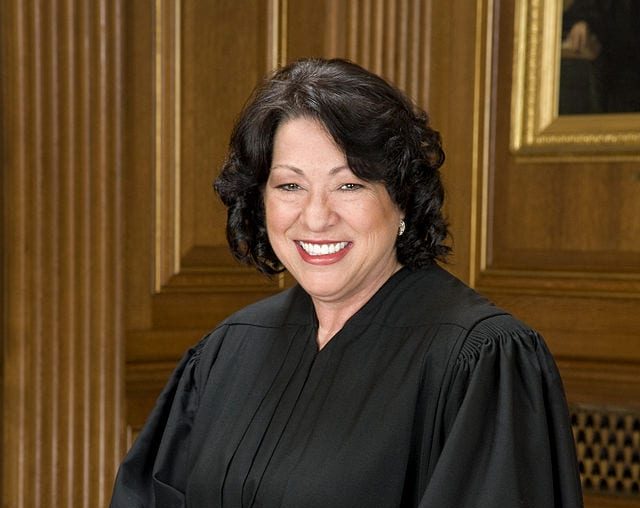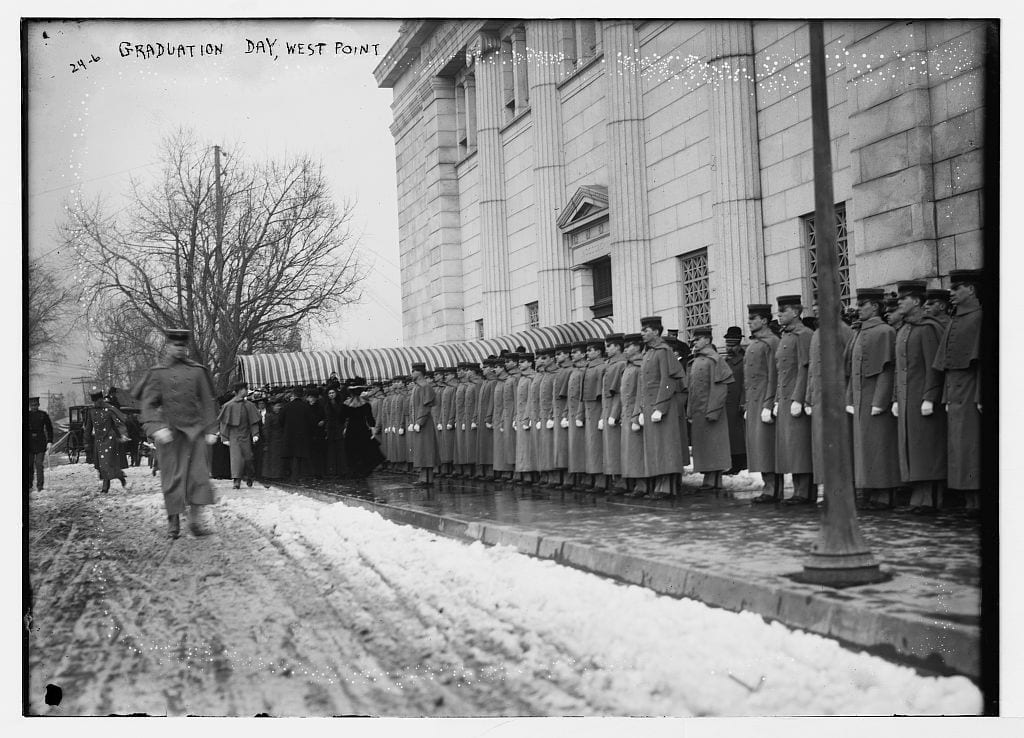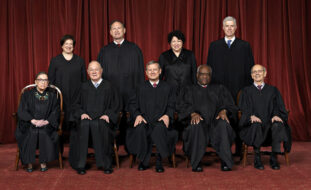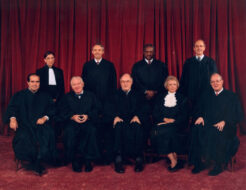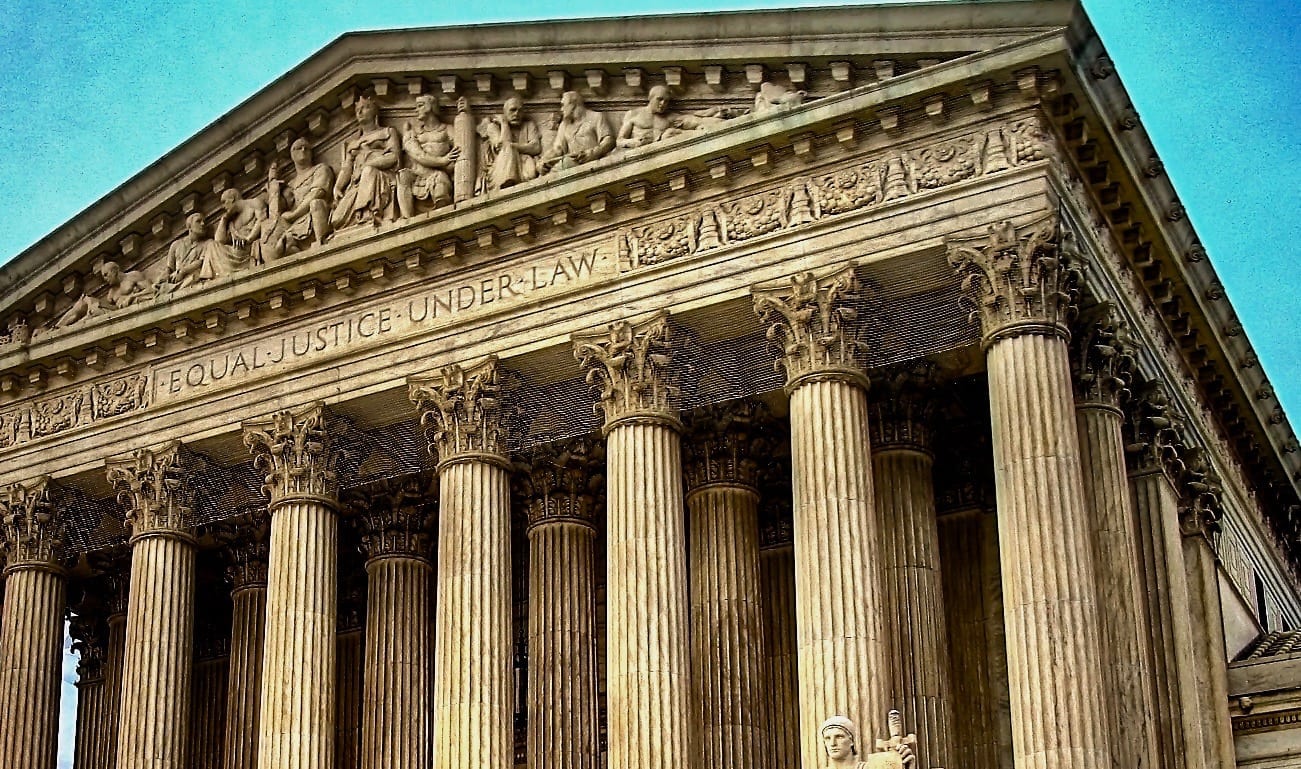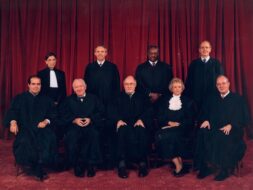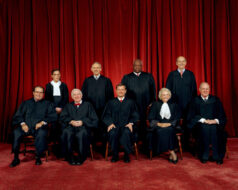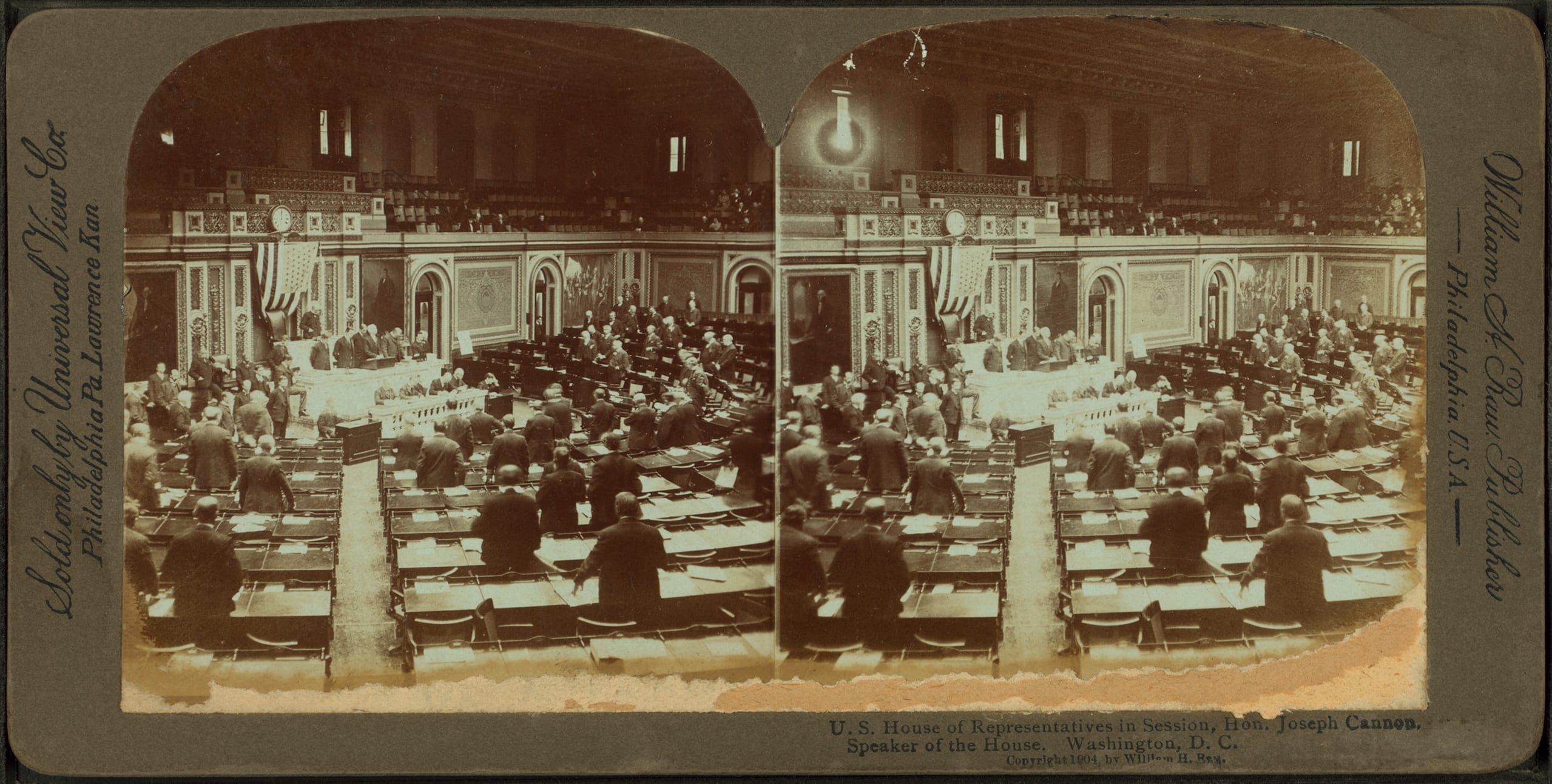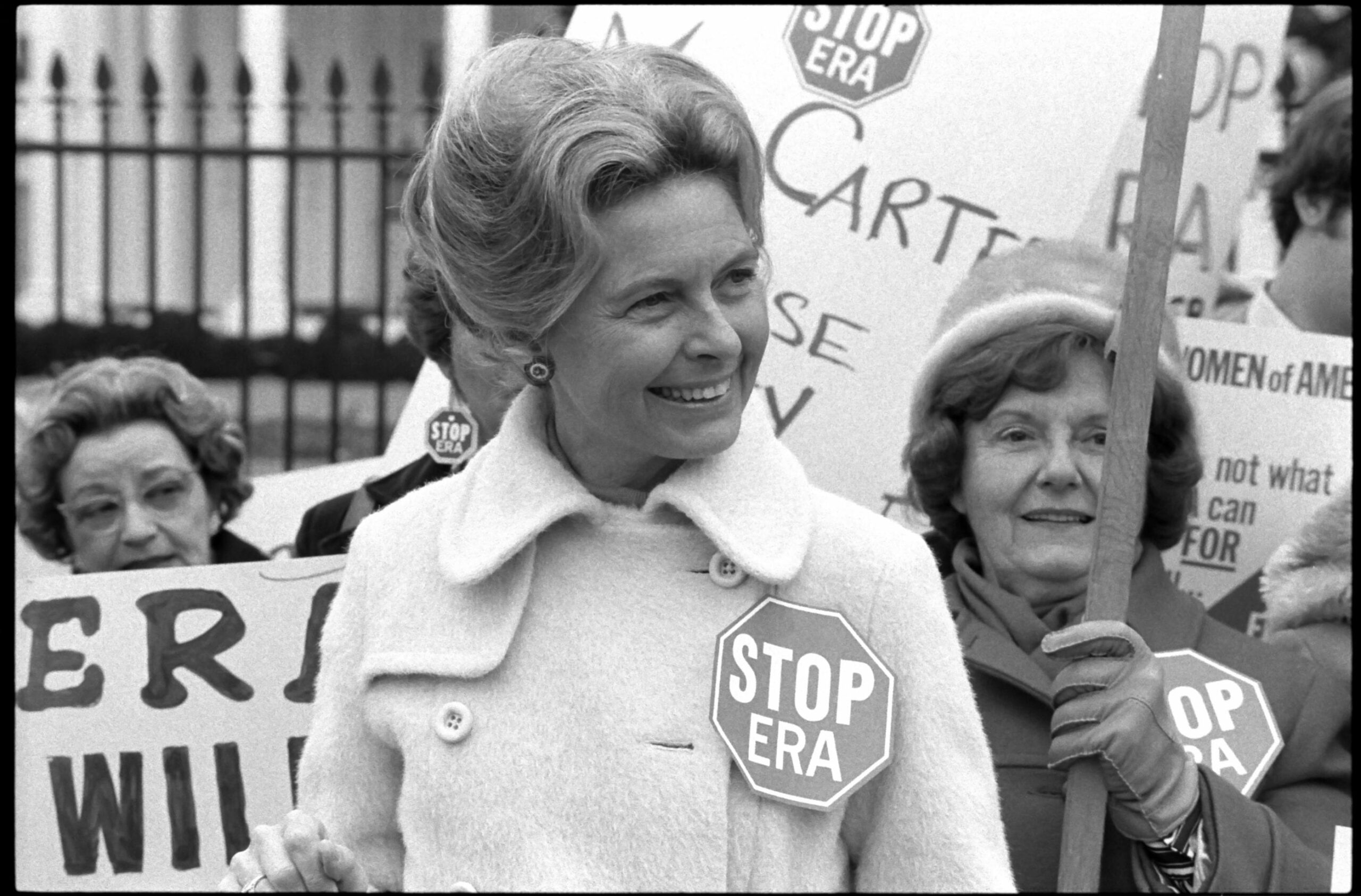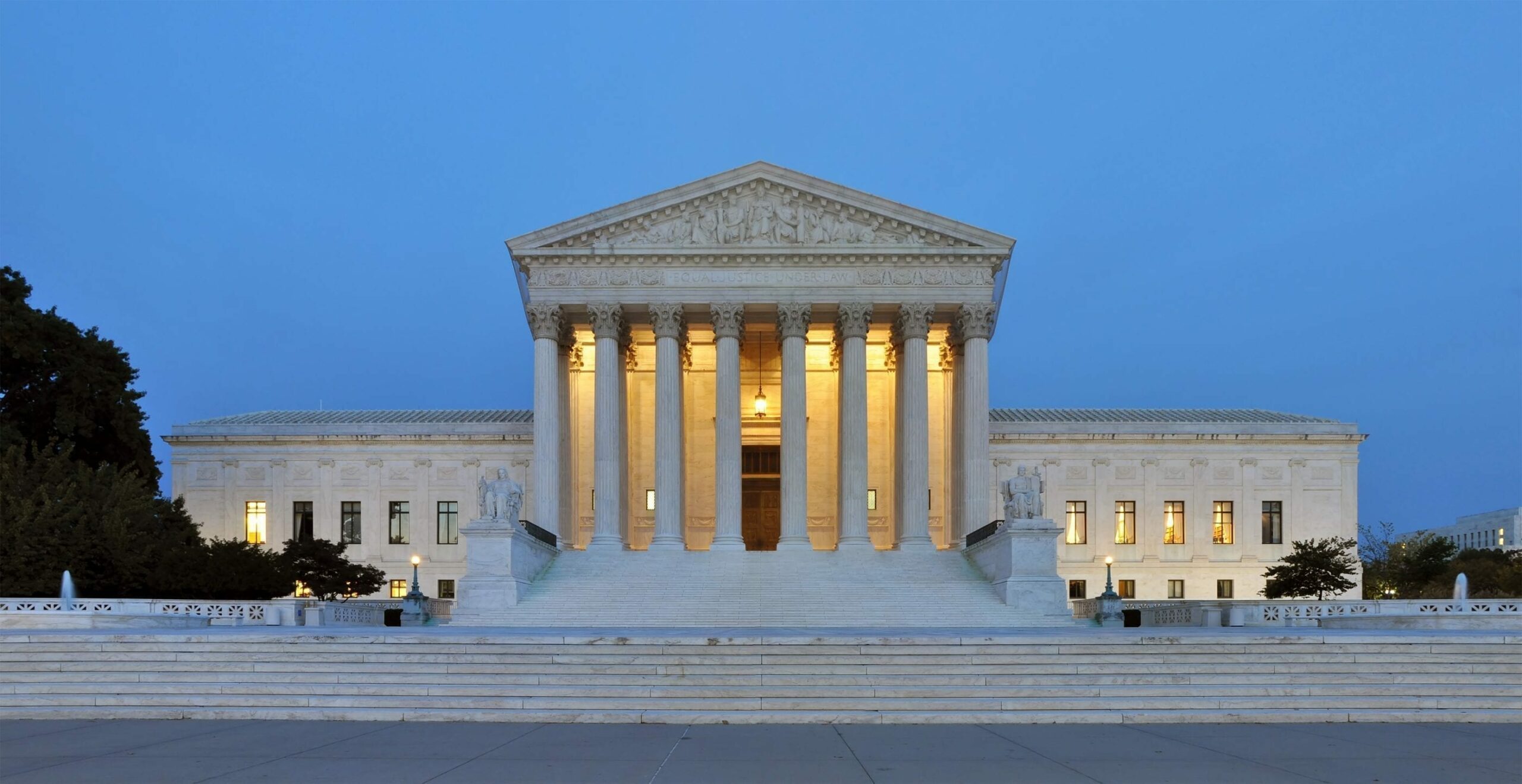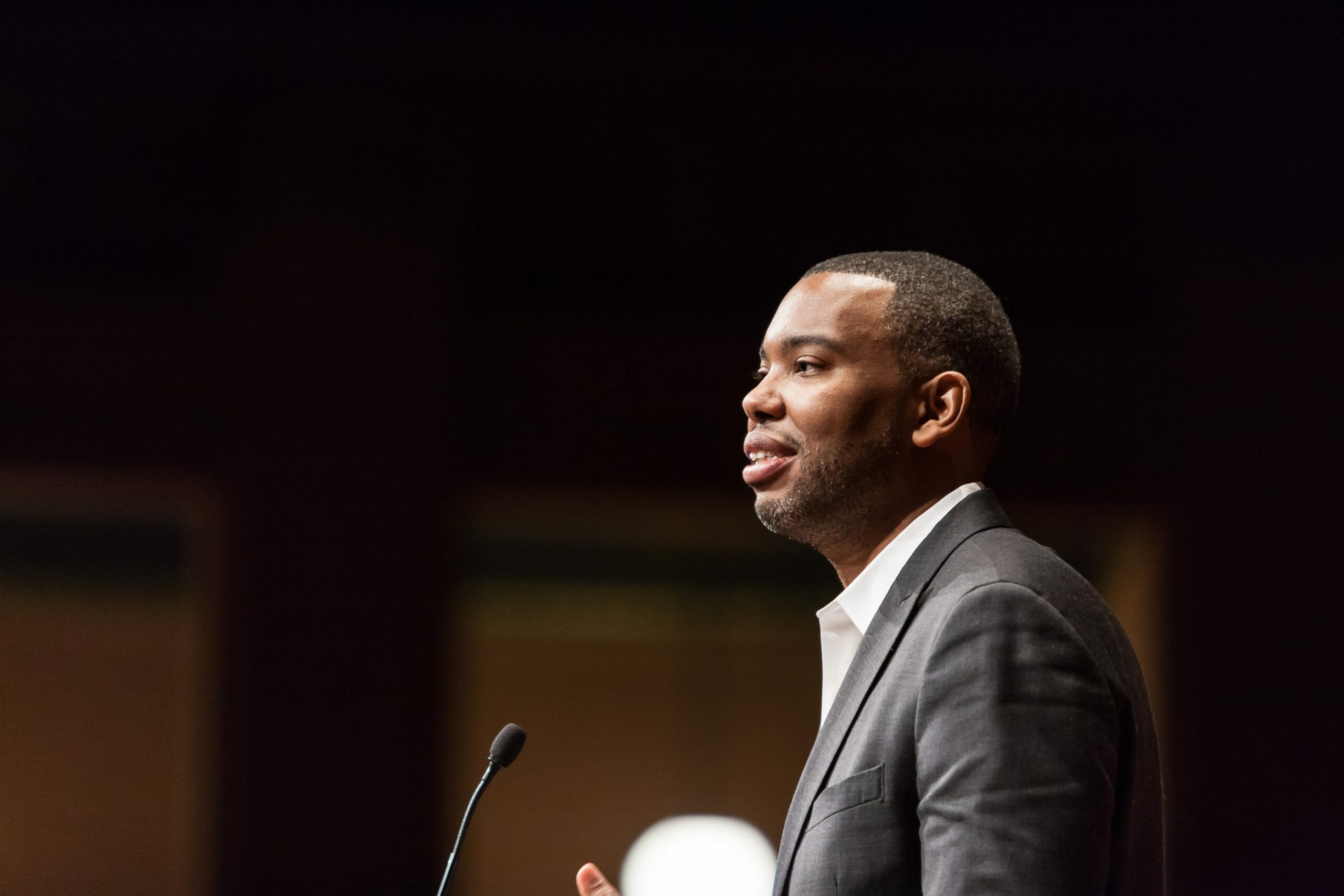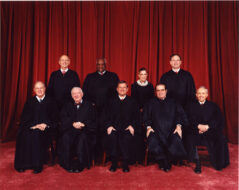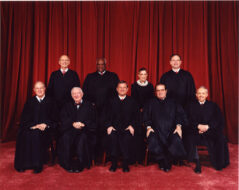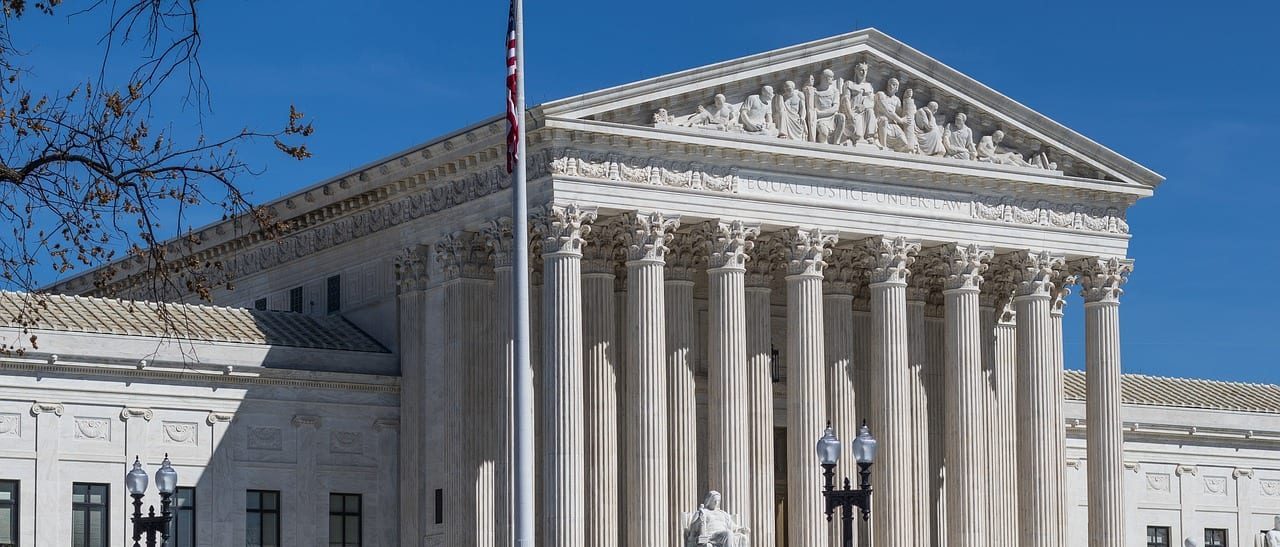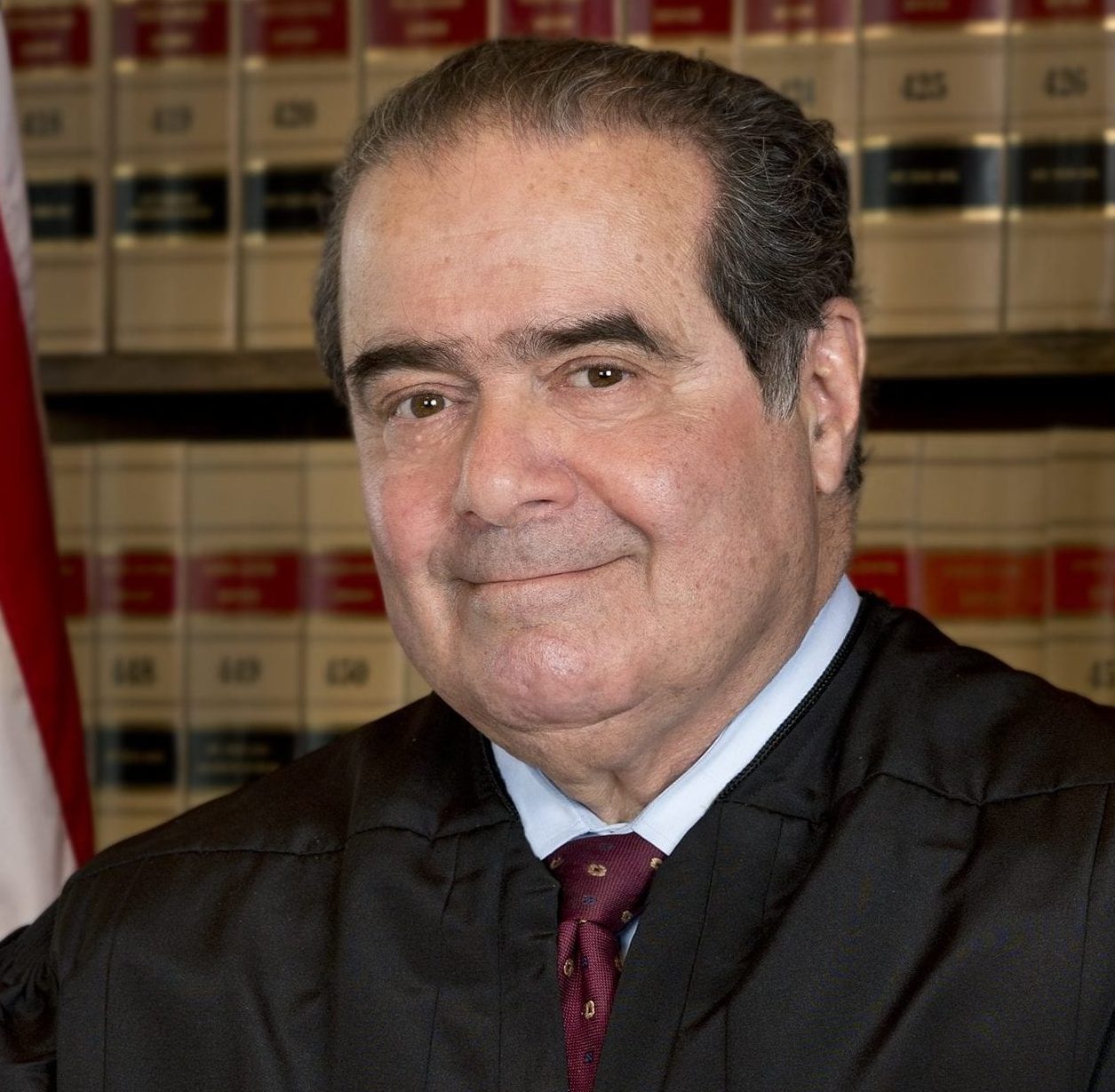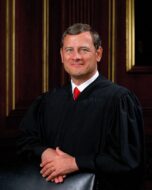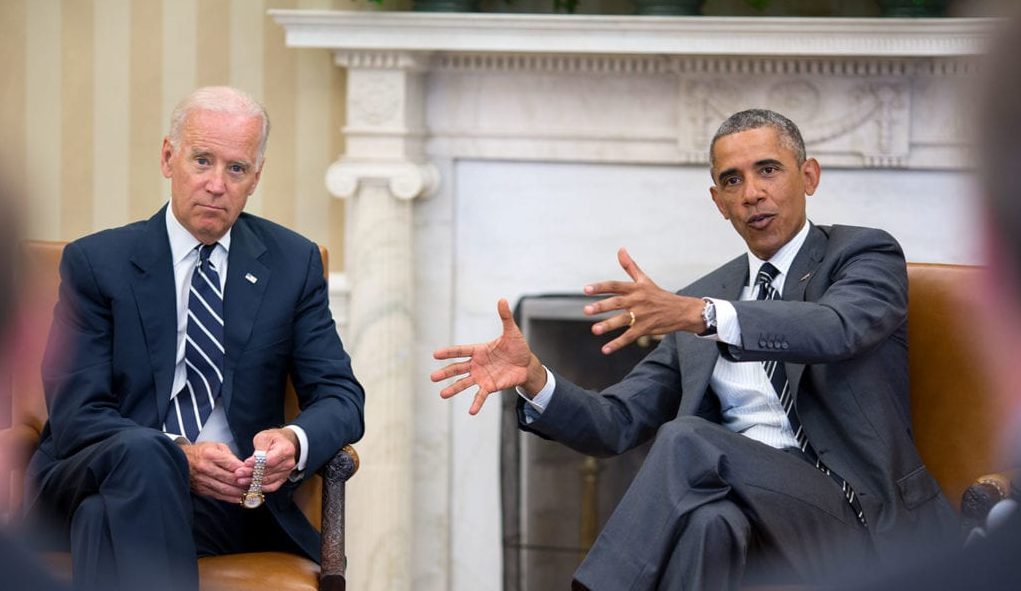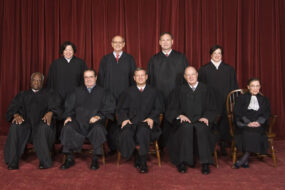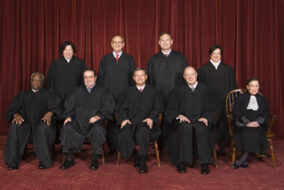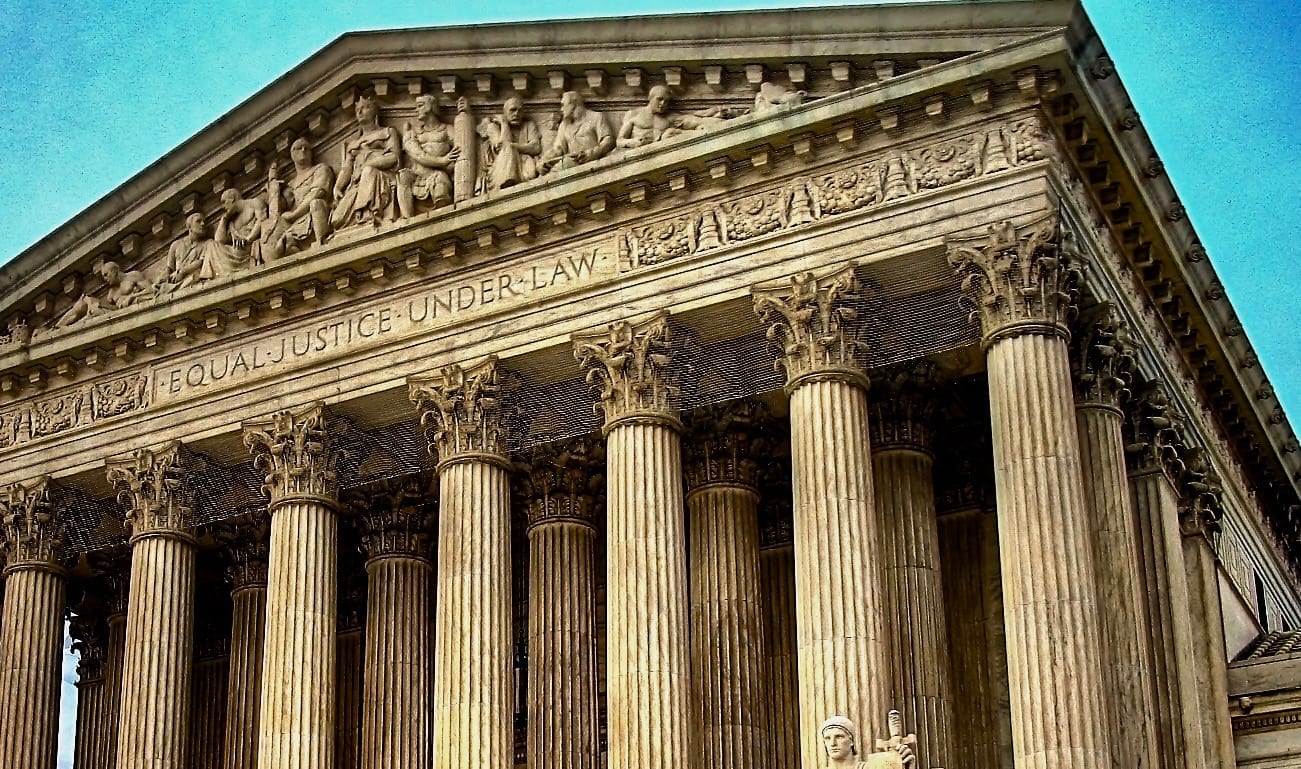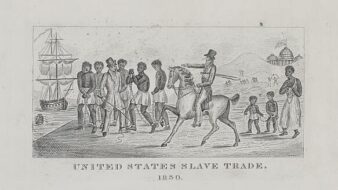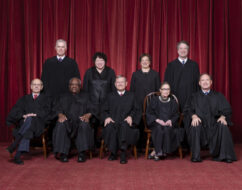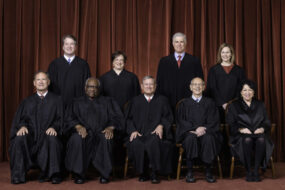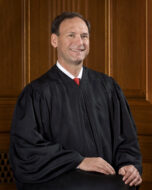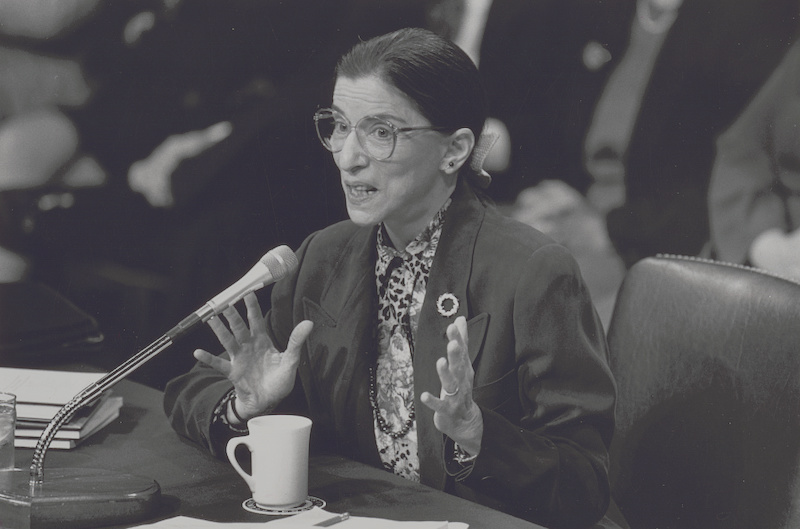
No related resources
Introduction
In this lecture, Ruth Bader Ginsburg, then a judge on the U.S. Court of Appeals for the D.C. Circuit, articulated her view of how judges should approach decision making in our constitutional system. To do that, she evaluated Roe v. Wade (1973), criticizing the Court for grounding its decision in the case in a right to privacy rather than in equal protection. Embedding it under equal protection would have made the decision more constitutionally secure and would also have connected it to other issues such as gender discrimination. She also criticized the Court for going too far and shutting down the political process by “entirely” removing “the ball from the legislators’ court.” “A less encompassing Roe,” she said, “might have served to reduce rather than to fuel controversy.”
Ginsburg proposed Brown v. Board of Education (1954) as a better model for the Supreme Court’s decision. In Brown, the Court limited its analysis to education and did not seek to impose a single remedy on the entire country; and it invited dialogue with state legislatures. Of course, many state legislatures resisted, but for Ginsburg, in the end this seemed to strengthen the legitimacy of Brown, a legitimacy that has eluded Roe. Judges can and must legislate, she argued, but they must do so in a “cautious” and “measured” way.
Upon joining the Supreme Court, Ginsburg became one of the most ardent defenders of abortion rights on the Court and achieved an iconic status among feminists, even being lionized as the “Notorious RBG.” But during her nomination, this speech became a source of concern for feminists, with some openly criticizing her nomination and others offering tepid or no support. The speech indicates that her view of the judicial role was more measured than some of the more enthusiastic hagiographies of her acknowledged.
Source: Ruth Bader Ginsburg, “Speaking in a Judicial Voice,” New York University Law Review 67 (1992): 1185, https://www.law.nyu.edu/sites/default/files/ECM_PRO_059254.pdf.
…In Federalist 78,1 Alexander Hamilton said that federal judges, in order to preserve the people’s rights and privileges, must have authority to check legislation and acts of the executive for constitutionality. But he qualified his recognition of that awesome authority. The judiciary, Hamilton wrote, from the very nature of its functions, will always be “the least dangerous” branch of government, for judges hold neither the sword nor the purse of the community; ultimately, they must depend upon the political branches to effectuate their judgments. Mindful of that reality, the effective judge, I believe and will explain why in these remarks, strives to persuade, and not to pontificate. She speaks in “a moderate and restrained” voice, engaging in a dialogue with, not a diatribe against, co-equal departments of government, state authorities, and even her own colleagues. . . .
Moving from the style to the substance of third branch decision making, I will stress in the remainder of these remarks that judges play an interdependent part in our democracy. They do not alone shape legal doctrine, but, as I suggested at the outset, they participate in a dialogue with other organs of government, and with the people as well. “Judges do and must legislate,” Justice Holmes “recognized without hesitation,” but “they can do so,” he cautioned, “only interstitially; they are confined from molar to molecular motions.”2 Measured motions seem to me right, in the main, for constitutional as well as common law adjudication. Doctrinal limbs too swiftly shaped, experience teaches, may prove unstable. The most prominent example in recent decades is Roe v. Wade. To illustrate my point, I have contrasted that breathtaking 1973 decision with the Court’s more cautious dispositions, contemporaneous with Roe, in cases involving explicitly sex-based classifications,3 and will further develop that comparison here.
The 7–2 judgment in Roe v. Wade declared “violative of the due process clause of the Fourteenth Amendment” a Texas criminal abortion statute that intolerably shackled a woman’s autonomy; the Texas law “excepted from criminality only a life-saving procedure on behalf of the pregnant woman.” Suppose the Court had stopped there, rightly declaring unconstitutional the most extreme brand of law in the nation, and had not gone on, as the Court did in Roe, to fashion a regime blanketing the subject, a set of rules that displaced virtually every state law then in force. Would there have been the twenty-year controversy we have witnessed, reflected most recently in the Supreme Court’s splintered decision in Planned Parenthood v. Casey [1992]? A less encompassing Roe, one that merely struck down the extreme Texas law and went no further on that day, I believe and will summarize why, might have served to reduce rather than to fuel controversy.
In the 1992 Planned Parenthood decision, the three controlling justices accepted as constitutional several restrictions on access to abortion that could not have survived strict adherence to Roe. While those justices did not closely consider the plight of women without means to overcome the restrictions, they added an important strand to the Court’s opinions on abortion—they acknowledged the intimate connection between a woman’s “ability to control her reproductive life” and her “ability . . . to participate equally in the economic and social life of the nation.” The idea of the woman in control of her destiny and her place in society was less prominent in the Roe decision itself, which coupled with the rights of the pregnant woman the free exercise of her physician’s medical judgment. The Roe decision might have been less of a storm center had it both homed in more precisely on the women’s equality dimension of the issue and, correspondingly, attempted nothing more bold at that time than the mode of decision making the Court employed in the 1970s gender classification cases.
In fact, the very term Roe was decided, the Supreme Court had on its calendar a case that could have served as a bridge, linking reproductive choice to disadvantageous treatment of women on the basis of their sex. The case was Struck v. Secretary of Defense [1972]; it involved a captain the Air Force sought to discharge in Vietnam War days. Perhaps it is indulgence in wishful thinking, but the Struck case, I believe, would have proved extraordinarily educational for the Court and had large potential for advancing public understanding. Captain Susan Struck was a career officer. According to her commanding officer, her performance as a manager and nurse was exemplary. Captain Struck had avoided the drugs and the alcohol that hooked many service members in the late 1960s and early 1970s, but she did become pregnant while stationed in Vietnam. She undertook to use, and in fact used, only her accumulated leave time for childbirth. She declared her intention to place, and in fact placed, her child for adoption immediately after birth. Her religious faith precluded recourse to abortion.
Two features of Captain Struck’s case are particularly noteworthy. First, the rule she challenged was unequivocal and typical of the time. It provided: “A woman officer will be discharged from the service with the least practicable delay when a determination is made by a medical officer that she is pregnant.” To cover any oversight, the Air Force had a backup rule: “The commission of any woman officer will be terminated with the least practicable delay when it is established that she . . . has given birth to a living child while in a commissioned officer status.”
A second striking element of Captain Struck’s case was the escape route available to her, which she chose not to take. Air Force regulations current at the start of the 1970s provided: “The Air Force Medical Service is not subject to state laws in the performance of its functions. When medically indicated or for reasons involving medical health, pregnancies may be terminated in Air Force hospitals. . . ideally before 20 weeks gestation.”
Captain Struck argued that the unwanted discharge she faced unjustifiably restricted her personal autonomy and dignity; principally, however, she maintained that the regulation mandating her discharge violated the equal protection of the laws guarantee implicit in the Fifth Amendment’s due process clause. She urged that the Air Force regime differentiated invidiously by allowing males who became fathers, but not females who became mothers, to remain in service and by allowing women who had undergone abortions, but not women who delivered infants, to continue their military careers. Her pleas were unsuccessful in the lower courts, but on October 24, 1972, less than three months before the Roe decision, the Supreme Court granted her petition for certiorari.4
At that point the Air Force decided it would rather switch than fight. At the end of November 1972, it granted Captain Struck a waiver of the once unwaivable regulation and permitted her to continue her service as an Air Force officer. The solicitor general promptly and successfully suggested that the case had become moot.
Given the parade of cases on the Court’s full calendar, it is doubtful that the justices trained further attention on the Struck scenario. With more time and space for reflection, however, and perhaps a female presence on the Court,5 might the justices have gained at least these two insights? First, if even the military, an institution not known for avant-garde policy, had taken to providing facilities for abortion, then was not a decision of Roe’s muscularity unnecessary? Second, confronted with Captain Struck’s unwanted discharge, might the Court have comprehended an argument, or at least glimpsed a reality, it later resisted—that disadvantageous treatment of a woman because of her pregnancy and reproductive choice is a paradigm case of discrimination on the basis of sex? What was the assumption underlying the differential treatment to which Captain Struck was exposed? The regulations that mandated her discharge were not even thinly disguised. They declared, effectively, that responsibility for children disabled female parents, but not male parents, for other work—not for biological reasons, but because society had ordered things that way.
Captain Struck had asked the Court first to apply the highest level of scrutiny to her case, to hold that the sex-based classification she encountered was a “suspect” category for legislative or administrative action. As a fallback, she suggested to the Court an intermediate standard of review, one under which prescriptions that worked to women’s disadvantage would gain review of at least heightened, if not the very highest, intensity. In the course of the 1970s, the Supreme Court explicitly acknowledged that it was indeed applying an elevated, labeled “intermediate,” level of review to classifications it recognized as sex-based.
Justice O’Connor carefully traced that development in last year’s Madison Lecture,6 and I will recall it only summarily. Until 1971, women did not prevail before the Supreme Court in any case charging unconstitutional sex discrimination. In the years from 1971 to 1982, however, the Court held unconstitutional, as violative of due process or equal protection constraints, a series of state and federal laws that differentiated explicitly on the basis of sex. . . .
The backdrop for these rulings was a phenomenal expansion, in the years from 1961 to 1971, of women’s employment outside the home, the civil rights movement of the 1960s and the precedents set in that struggle, and a revived feminist movement, fueled abroad and in the United States by Simone de Beauvoir’s remarkable 1949 publication, The Second Sex. In the main, the Court invalidated laws that had become obsolete, retained into the 1970s by only a few of the states. In a core set of cases, however, those dealing with social insurance benefits for a worker’s spouse or family, the decisions did not utterly condemn the legislature’s product. Instead, the Court, in effect, opened a dialogue with the political branches of government. In essence, the Court instructed Congress and state legislatures: rethink ancient positions on these questions. Should you determine that special treatment for women is warranted, i.e., compensatory legislation because of the sunken-in social and economic bias or disadvantage women encounter, we have left you a corridor in which to move. But your classifications must be refined, adopted for remedial reasons, and not rooted in prejudice about “the way women (or men) are.” In the meantime, the Court’s decrees removed no benefits; instead, they extended to a woman worker’s husband, widower, or family benefits Congress had authorized only for members of a male worker’s family.
The ball, one might say, was tossed by the justices back into the legislators’ court, where the political forces of the day could operate. The Supreme Court wrote modestly, it put forward no grand philosophy; but by requiring legislative reexamination of once customary sex-based classifications, the Court helped to ensure that laws and regulations would “catch up with a changed world.”
Roe v. Wade, in contrast, invited no dialogue with legislators. Instead, it seemed entirely to remove the ball from the legislators’ court. In 1973, when Roe was issued, abortion law was in a state of change across the nation. As the Supreme Court itself noted, there was a marked trend in state legislatures “toward liberalization of abortion statutes.” That movement for legislative change ran parallel to another law revision effort then under way—the change from fault to no-fault divorce regimes, a reform that swept through the state legislatures and captured all of them by the mid-1980s.
No measured motion, the Roe decision left virtually no state with laws fully conforming to the Court’s delineation of abortion regulation still permissible. Around that extraordinary decision, a well-organized and vocal right-to-life movement rallied and succeeded, for a considerable time, in turning the legislative tide in the opposite direction.
Constitutional review by courts is an institution that has been for some two centuries our nation’s hallmark and pride. Two extreme modes of court intervention in social change processes, however, have placed stress on the institution. At one extreme, the Supreme Court steps boldly in front of the political process, as some believe it did in Roe. At the opposite extreme, the Court in the early part of the twentieth century found—or thrust—itself into the rearguard opposing change, striking down, as unconstitutional, laws embodying a new philosophy of economic regulation at odds with the nineteenth century’s laissez-faire approach.7 Decisions at both of these poles yielded outcries against the judiciary in certain quarters. The Supreme Court, particularly, was labeled “activist” or “imperial,” and its precarious position as final arbiter of constitutional questions was exposed.
I do not suggest that the Court should never step ahead of the political branches in pursuit of a constitutional precept. Brown v. Board of Education, the 1954 decision declaring racial segregation in public schools offensive to the equal protection principle, is the case that best fits the bill. Past the midpoint of the twentieth century, apartheid remained the law-enforced system in several states, shielded by a constitutional interpretation the Court itself advanced at the turn of the century—the “separate but equal” doctrine.8
In contrast to the legislative reform movement in the states, contemporaneous with Roe, widening access to abortion, prospects in 1954 for state legislation dismantling racially segregated schools were bleak. That was so, I believe, for a reason that distances race discrimination from discrimination based on sex. Most women are life partners of men; women bear and raise both sons and daughters. Once women’s own consciousness was awakened to the unfairness of allocating opportunity and responsibility on the basis of sex, education of others—of fathers, husbands, sons as well as daughters—could begin, or be reinforced, at home. When blacks were confined by law to a separate sector, there was no similar prospect for educating the white majority.
It bears emphasis, however, that Brown was not an altogether bold decision. First, Thurgood Marshall and those who worked with him in the campaign against racial injustice carefully set the steppingstones leading up to the landmark ruling. Path markers of the same kind had not been installed prior to the Court’s decision in Roe. Second, Brown launched no broadside attack on the Jim Crow system in all its institutional manifestations. Instead, the Court concentrated on segregated schools; it left the follow-up for other days and future cases. A burgeoning civil rights movement—which Brown helped to propel—culminating in the Civil Rights Act of 1964, set the stage for the Court’s ultimate total rejection of Jim Crow legislation.
Significantly, in relation to the point I just made about women and men living together, the end of the Jim Crow era came in 1967, thirteen years after Brown: the case was Loving v. Virginia [1967], the law under attack, a state prohibition on interracial marriage. In holding that law unconstitutional, the Court effectively ruled that, with regard to racial classifications, the doctrine of “separate but equal” was dead—everywhere and anywhere within the governance of the United States.
The framers of the Constitution allowed to rest in the Court’s hands large authority to rule on the Constitution’s meaning; but the framers, as I noted at the outset, armed the Court with no swords to carry out its pronouncements. President Andrew Jackson in 1832, according to an often-told legend, said of a Supreme Court decision he did not like: “The Chief Justice has made his decision, now let him enforce it.” With prestige to persuade, but not physical power to enforce, with a will for self-preservation and the knowledge that they are not “a bevy of Platonic Guardians,” the justices generally follow, they do not lead, changes taking place elsewhere in society. But without taking giant strides and thereby risking a backlash too forceful to contain, the Court, through constitutional adjudication, can reinforce or signal a green light for a social change. In most of the post-1970 gender-classification cases, unlike Roe, the Court functioned in just that way. It approved the direction of change through a temperate brand of decision making, one that was not extravagant or divisive. Roe, on the other hand, halted a political process that was moving in a reform direction and thereby, I believe, prolonged divisiveness and deferred stable settlement of the issue. The most recent Planned Parenthood decision notably retreats from Roe and further excludes from the High Court’s protection women lacking the means or the sophistication to surmount burdensome legislation. The latest decision may have had the sanguine effect, however, of contributing to the ongoing revitalization in the 1980s and 1990s of the political movement in progress in the early 1970s, a movement that addressed not simply or dominantly the courts but primarily the people’s representatives and the people themselves. That renewed force, one may hope, will—within a relatively short span—yield an enduring resolution of this vital matter in a way that affirms the dignity and equality of women.
- 1. Federalist 78.
- 2. Justice Oliver Wendell Holmes Jr., Southern Pacific Company v. Jensen (1917).
- 3. Justice Ginsburg’s note: Ruth Bader Ginsburg, “Some Thoughts on Autonomy and Equality in Relation to Roe v. Wade,” 63 N.C. L. Rev. 375 (1985).
- 4. A writ or order by which a higher court reviews a decision of a lower court.
- 5. Compare this remark with the comments of Justice Sandra Day O’Connor in “Portia’s Progress”
- 6. “Portia’s Progress”.
- 7. See Lochner v. New York and Fireside Chat on the Reorganization of the Judiciary.
- 8. Plessy v. Ferguson.
Lee v. Weisman
June 24, 1992
Conversation-based seminars for collegial PD, one-day and multi-day seminars, graduate credit seminars (MA degree), online and in-person.





